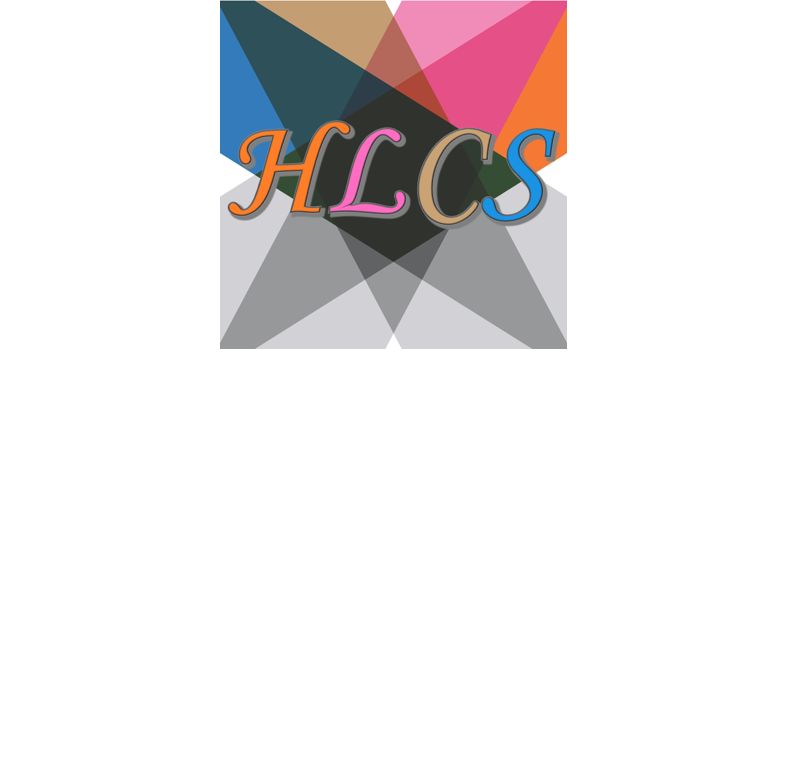Geneva. An Urban Sociodemographic Database
DOI:
https://doi.org/10.51964/hlcs15621Keywords:
Geneva, Historical demography, Censuses, Marriages, Divorces, Residence permitsAbstract
The Geneva databases are a data resource covering the period 1800–1880 for the city of Geneva, and occasionally the canton of Geneva. The research team adopted an alphabetical sampling approach, collecting data on individuals whose surname begins with the letter B. The individuals and households belonging to this sample in six population censuses between 1816 and 1843 were digitised and linked. A second database collected marriage and divorce records for the period 1800–1880. A third collection of data included residence permits. All these sources were used for a massive reconstitution of families. This article presents the sources, the linking methods, the typologies used to code places and occupations, to study household structures and forms of solitude. Combined with qualitative information extracted from the archives of public administrations and the National Protestant Church, as well as from newspapers, these databases were used to study the transformation of a medium-sized European city, sociopolitical tensions embedded in demographic and social structures, and the impact of the immigrants who made the 'Calvinist Rome' a religiously mixed city.
Downloads

Downloads
Published
Issue
Section
License
Copyright (c) 2023 Michel Oris, Olivier Perroux, Grazyna Ryczkowska, Reto Schumacher, Adrien Remund, Gilbert Ritschard

This work is licensed under a Creative Commons Attribution 4.0 International License.




